In four short years designer Anavila Misra of Anavila has helped shift perceptions of the sari. Her linen saris are instantly recognizable and coveted equally among women of India’s Craft Council and young creatives. Linen aside, Anavila has – from inception – been one of the few designers to widely explore the drape through her campaigns, shows and editorials. It is a combination of both of these that has breathed some fresh air into an often staid sari offering. As a supporter of our Sari Project she shares iconic sari moments and her top three drapes.
What does the sari symbolize to you?
The sari for me is nostalgia, fashion, heritage, India, drape, identity and many such linkages. And of course, a garment of choice. It’s been a part of my growing up and takes me back to my childhood memories of role playing with my sister, dressing up my dolls, travelling and looking at my mother’s wardrobe.
You recently had a show at Lakme Fashion Week called ‘The Sari In Us’ which addressed the deep relationship women in India have with the sari. What are some heartening examples of this relationship that you carry with you?
The most important examples are from my artisans and the women I meet on the road, trains and fields when I am travelling. They are the finest examples of the sari on-the-go, of feeling comfortable in the drape and making it a way of living.
The fact that it has survived all the western influences on Indian women for so many years and is still regarded as the ensemble of choice for traditional outings, and is slowly moving back into casual and workwear.
You are one amongst a handful of designers who experiment with drape specifically. What do you love about having this technique to play with?
The sari is probably one of the only forms of clothing which can be experimented with in so many different ways. The essence of the sari is its versatility. It can be worn on different occasions and at different times of day. It can look casual, formal and festive when worn differently.
Above: ‘Indigo Musing Mumbai’ image | Sanjeev Kumar
Being essentially a sari brand, at our studio we work very closely with the sari. Apart from making new collections every season, it’s also very important for us to present them in a way that the younger generation relates to. It needs to look and feel comfortable, easy and wearable. This is the reason we work a lot on the blouses and petticoats; our latest collection in which petticoats had pockets was a step in this direction. Our work on the drapes has also been inspired by the way women who actually wear the sari everyday drape so that it is more work-friendly and comfortable.
Border&Fall’s special initiative to document the sari drape will be an important step to inspire young girls who have started looking at the sari with interest.
What are your three favourite drapes?
I like the nivi as it’s very easy and comes naturally to me.
I enjoy the double drape with a knot in the centre; it makes the sari very casual and comfortable.
The new drape we showcased at our S/S 2017 collection which started with the pleats and had pocketed petticoats is also one of my favourites.
What, for you, are three iconic sari moments?
The movie ‘Charulata’ by Satyajit Ray for me defines the sari in the most feminine way. Always utilitarian but stylish and sexy at the same time. One needs to lend a keen eye to the blouses in the movie as well.
My own travels, looking at weavers, farmers and labourers in their saris and how they fold the sari according to way they work.
Rta Kapur Chisti’s first ever attempt to document saris across the length and width of the country and actually highlighting the point that we Indian women are all one in our love for the sari!![]()

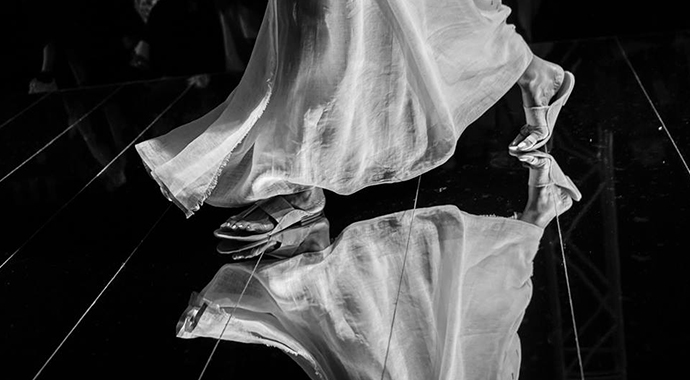
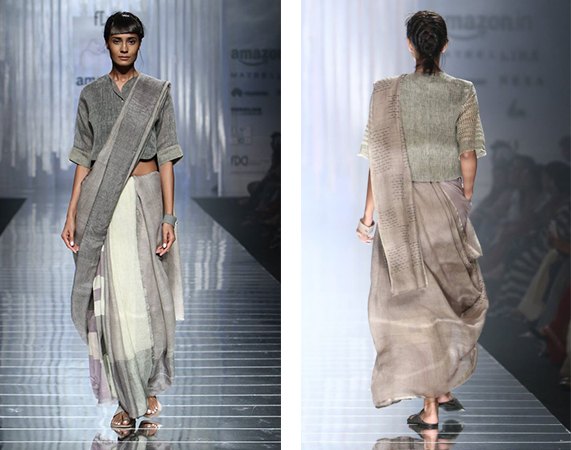
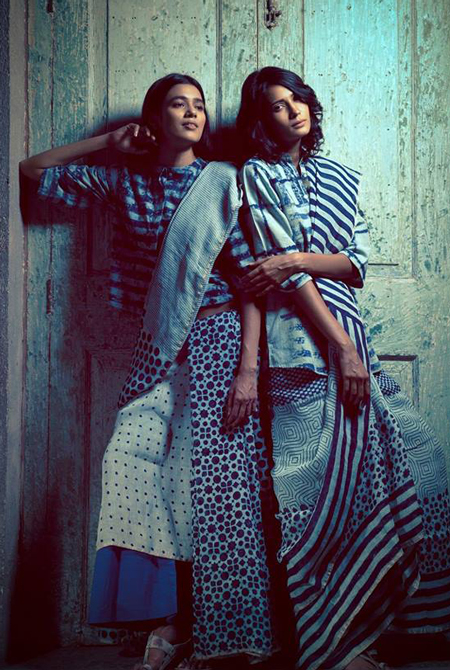
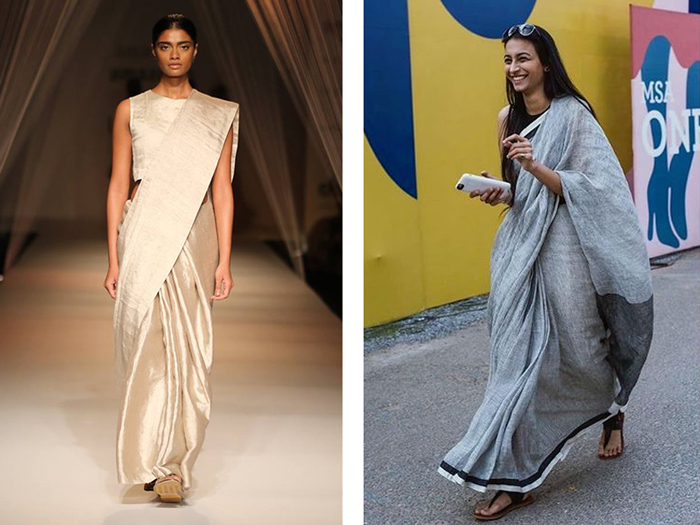
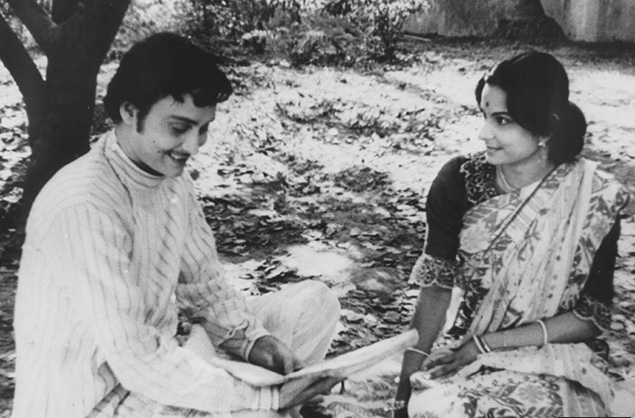
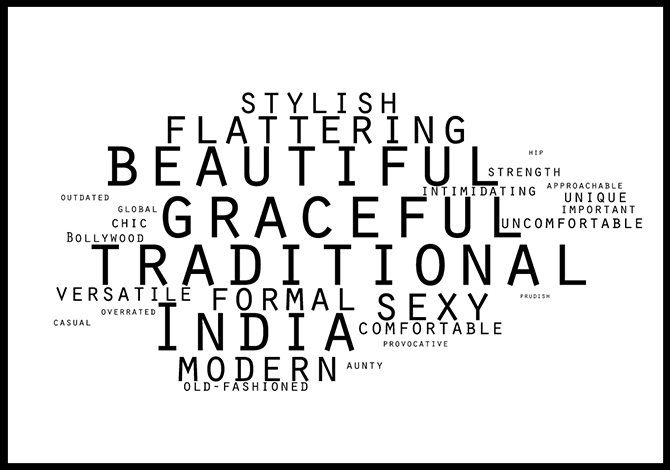
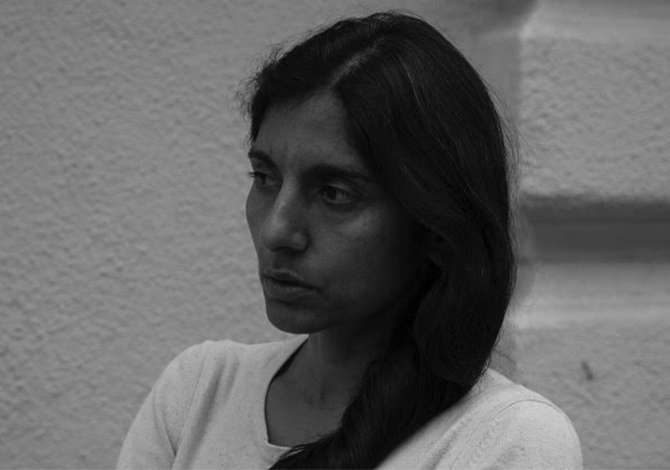
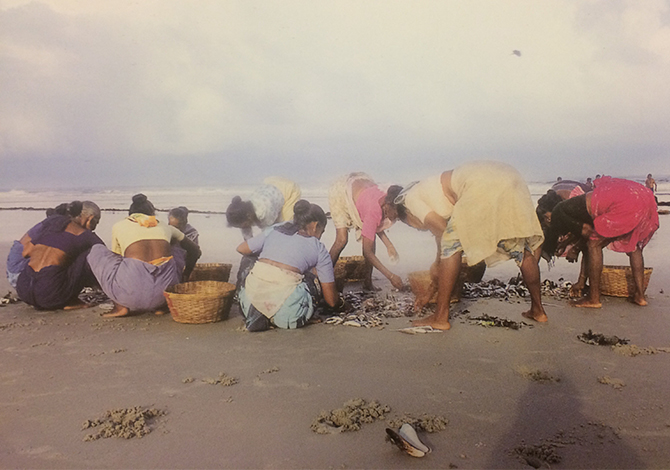
Awesome saree collection I❤Anavila
I❤Anavila sarees
Awesome collection’s